What tunes are powering your workout? From rap and hip-hop, to hard rock and dance, each genre has the potential to take you to that higher level, push you through the last rep, or get you to the next mile marker. Music can psych you up before exercise even starts. It can make training feel less difficult. It’s an ergogenic aid that you can adjust for immediate results. Here we’ll take a look at some of the benefits and research regarding the role of music on exercise.
Pre-workout Listening
Music and exercise can elevate your mood, heighten your arousal, and can even reduce your inhibitions (1). It seems listening to music before you even begin to exercise can also improve performance (1,2). In one recent study by Sherman & Richmond (2013), participants that listened to music for only 30 seconds prior to going for a maximal chest press increased the amount lifted by 5% over their initial 1RM, where as the participants that listened to white noise did not experience any significant gain (2). Five percent is an impressive reason to add music to your pre-workout routine to get you psyched up!
Music benefits at what intensities?
Music can lower ratings of perceived exertion (RPE) in low-to-moderate intensity activities, even as heart rate and oxygen uptake rise (3,4). One study even found a 10% reduction in RPE for runners listening to music (5). While listening to music there is a distraction between the negative feelings and fatigue compared to the positive emotions of the music, but only up to a point (1-3). As the intensity of exercise increases, the benefit of music decreases. Some studies indicate that this happens at about the time when ventilatory threshold (or beyond the submaximal threshold) is reached (6,7). Here’s where the body can no longer ignore the physiological feedback (breathing rate, fatigue, discomfort) it is receiving and must divert its attention away from the music (1,2).
Don’t let music become a barrier to participation or performance.
Take a look around the gym. How many people have headphones on? Maybe it would be easier to count how many people don’t have headphones pumping the music. Many of us become dependent on listening to music while we exercise. Though there is nothing wrong with that, consider how you feel when you forget your music or headphones, or worse yet, your battery is dead. Does this become a barrier to exercise? Will you start your session already feeling less psyched knowing that you won’t have your favorite tunes to get you through? What about if you are runner getting ready for a big race and come to find out that personal listening devices are banned during the event? That could be a psychological blow to your performance! Take an occasional music break from your routine to avoid becoming desensitized to the uplifting effect music can have (1).
How fast a beat?
Selecting the best music for your workout should relate to the activity you will be performing (8,9). Warm-up activities are slower beats per minute (BPM), typically in the range of 90-115 BPM, whereas the cardio activities begin moving up the scale (8). Jogging and walking activities should aim for between 120-140 BPM, while a faster run takes you to a higher dance pace above 135 BPM (8,9). For weight lifting try choosing music that has a strong down beat but is not too fast (130-140 BPM) (8,9). For choosing workout playlists, or to help clients put together their own, check out InstructorMusic.com vast library, or some of the other exercise and running music apps that are available. There are also apps that will find specific BPM or even adjust the BPM of the music you may already have in your library, just like the one Instructor Music has created called IM Pro Music Player, it can be found on Google’s Play Store and Apples App Store.
Safer Listening
Getting caught up in the music can be a helpful distraction at various levels of exertion, but it may not be a safe addition for all situations (1,2). When learning new moves or reaching higher intensities, remove the music so that full attention can be given to internal and external cues (1,7). This is similar to trying to find your way when driving in unfamiliar areas or in hazardous conditions; notice that you turn the volume down to better concentrate on the road, focusing more of your attention on meaningful stimuli (selective information processing). Additionally, when in potentially dangerous environments, such as busy streets or off-road trails, keep music volume low enough (or use only one ear bud) so that you can hear environmental safety cues. Music volume is another safety issue to be addressed. Noise-induced hearing loss and damage to inner ear structures can occur from long or repeated exposure to sounds above 85 decibels, where as levels below 75 decibels are unlikely to cause hearing loss (10,11). The maximum volume of personal listening devices can easily reach 105 decibels, even 120 decibels (11,12). If someone standing next to you can hear your music through your headphones, it’s too loud.



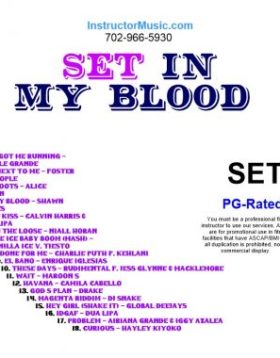
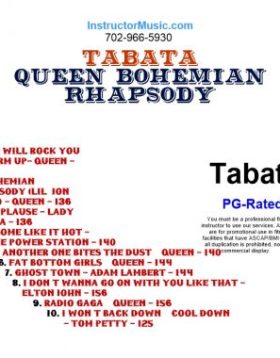
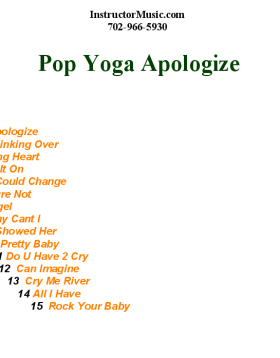
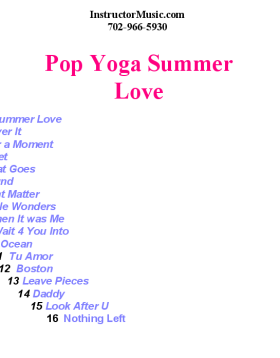




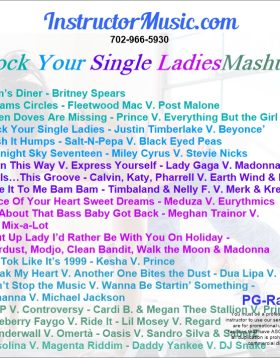
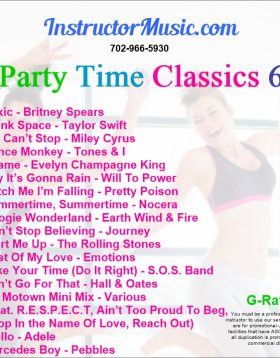

Recent Comments